Total Immersion: Why a VR Yoga App Might Elevate Your Practice
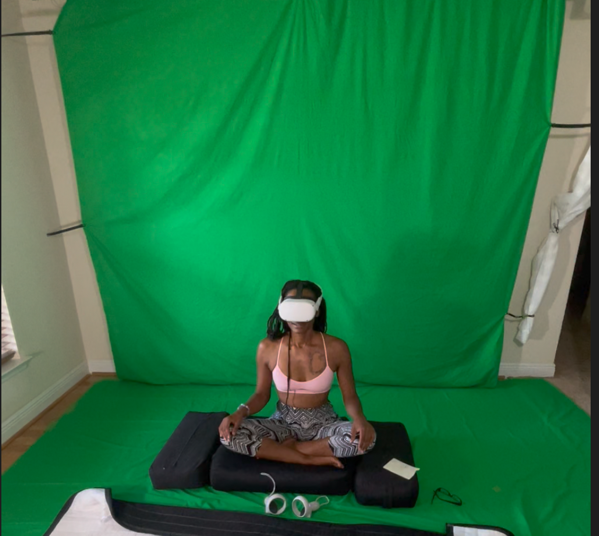
Practicing yoga in a Virtual Reality (VR) environment can offer several unique benefits for the body, many of which are extensions of traditional yoga practice but with added elements facilitated by newer VR technology. Here are some key points:
Enhanced Focus:
VR can create an immersive experience that eliminates external distractions. This can help you focus more intently on your postures, breathwork, and movement, potentially leading to a deeper and more effective practice.
Customizable Environments:
The ability to customize or select different virtual environments, like tranquil beaches or serene forests, can elevate the mood and provide a setting that can help with relaxation and stress reduction, augmenting the already potent stress-relieving benefits of yoga; version one of this project will not have that feature, but will roll out after the launch and feedback responses.
Visual and Auditory Aids:
The interactive nature of VR can provide real-time feedback on your posture or technique. This can be especially beneficial for beginners who are still learning the ropes. Auditory aids like voice commands or soothing music can also be integrated seamlessly, along with vibration from the controllers.
Increased Accessibility:
For those who may feel intimidated by a traditional yoga class setting, VR offers a private space to practice at one's own pace, lowering barriers to entry for yoga newbies.
Motivation and Engagement:
The gamified elements that can be introduced in a VR yoga setting can make the practice more engaging and motivate individuals to stick with it, helping to make yoga a consistent habit.
Body Awareness:
While VR yoga can offer several unique benefits, it's also worth noting the importance of maintaining a balanced practice. Physical touch and real-world interaction in a physical yoga class also offer benefits that VR cannot entirely replicate. As with any fitness routine, consult healthcare providers before starting new physical activities, especially if using VR equipment, as the immersive experience can sometimes cause disorientation or motion sickness for certain individuals.
Even without motion tracking, a well-designed VR Yoga App can offer a multitude of benefits to users that extend beyond the scope of traditional yoga apps or classes. While motion tracking can add another layer of interactivity and personalization, its absence doesn't negate the numerous other benefits that a well-crafted VR Yoga app can offer.
Immersive Experience:
VR provides a fully immersive environment, allowing users to escape to serene landscapes or calming settings, which can aid in relaxation and stress relief.
Guided Instructions:
Through spatial audio and visual cues, users can still receive guided instruction, helping them achieve correct postures and understand the flow of various yoga sequences.
Privacy:
Not everyone is comfortable practicing yoga in a group setting. VR Yoga apps offer the privacy and convenience of practicing at home without missing out on the guided instruction typically found in a class. However attending a real yoga studio or similar environment where others are present with you doing yoga will always be better in my option.
Flexibility and Convenience:
Users can practice yoga anytime and anywhere, removing logistical barriers like commute time to a yoga studio or class schedules.
Accessibility:
For people who live in areas without easy access to yoga studios or for those who have mobility issues that make attending a traditional yoga class challenging, VR Yoga can bring the yoga studio experience into the comfort of their home.
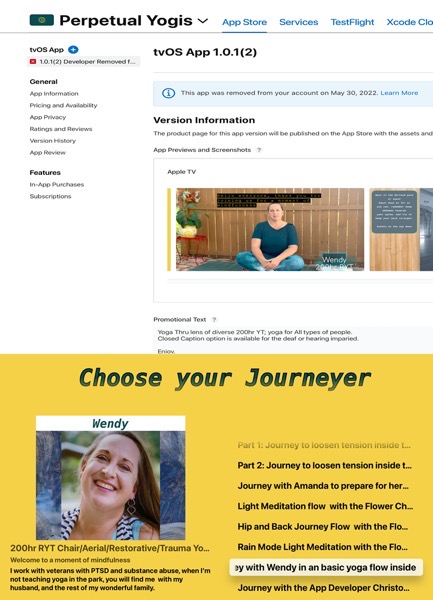



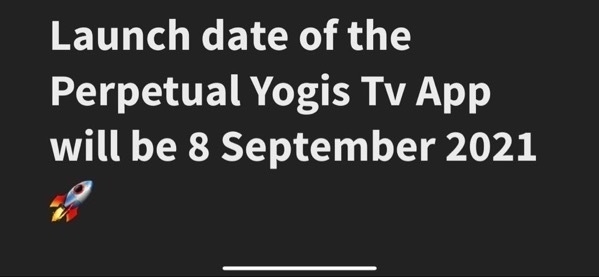
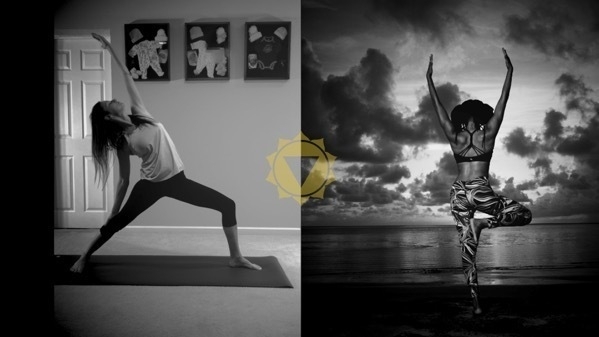

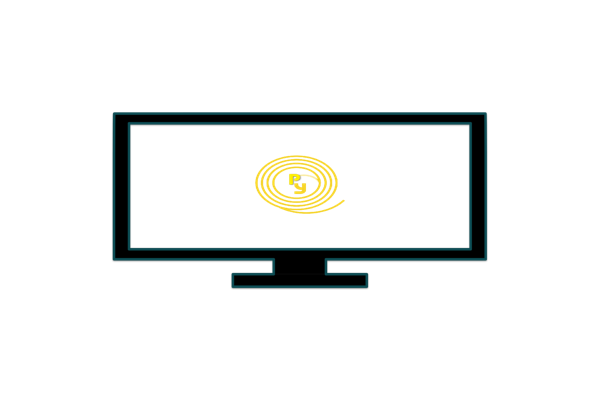

 As an Army veteran with a lifelong passion for computer technology, my entry into the world of yoga might seem unexpected. It was my wife Tasha who first introduced me to this transformative practice prior. Her influence sparked my interest, and I quickly realized the profound impact yoga could have on my life and other’s after completion of Yoga teacher training. I'm now thrilled to share this blog with you, offering a unique glimpse into the intricate process of developing a yoga app for the secind time. This narrative is framed by the perspectives of various yogis peers, each navigating their own spiritual and physical journey; additionally, to my cherished yogi community accompanying me now, I extend my heartfelt appreciation.
As an Army veteran with a lifelong passion for computer technology, my entry into the world of yoga might seem unexpected. It was my wife Tasha who first introduced me to this transformative practice prior. Her influence sparked my interest, and I quickly realized the profound impact yoga could have on my life and other’s after completion of Yoga teacher training. I'm now thrilled to share this blog with you, offering a unique glimpse into the intricate process of developing a yoga app for the secind time. This narrative is framed by the perspectives of various yogis peers, each navigating their own spiritual and physical journey; additionally, to my cherished yogi community accompanying me now, I extend my heartfelt appreciation.